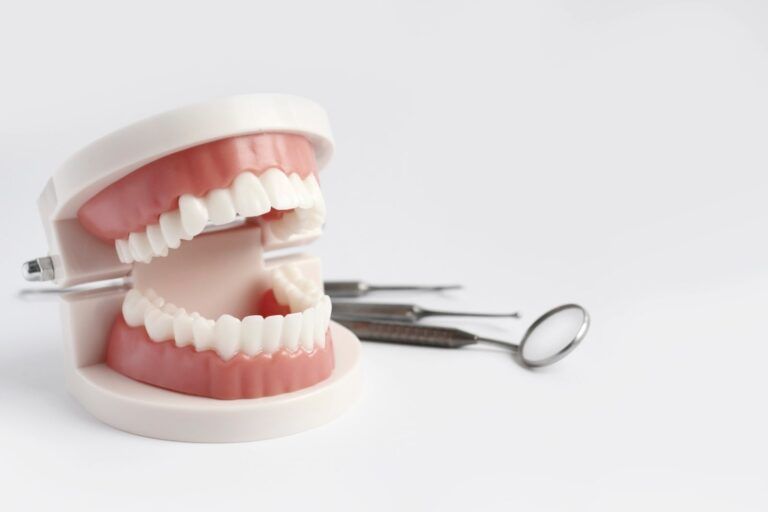Directed Dentin Conservation: Navigating the Canal For Endodontic Access

Having endodontic access to an affected tooth is critical for treating root canals, as having this access allows endodontists to address structural problems within the tooth firsthand. However, endodontists have started seeing a rise in critical endodontic failures. One of the best ways to combat this failure is through directed dentin conservation.
What is Directed Dentin Conservation?
Directed dentin conservation refers to how endodontists preserve the dentin structures to increase the survival rate of endodontically treated teeth. One of the biggest problems pervading endodontics is the extraction of root-filled teeth. These teeth tend to be extracted due to reoccurring cavities or structural failures. It is believed that by preserving the available dentin as much as possible during cavity preparation, these failures can be avoided.
How Can This Method Help Save People’s Teeth?
Directed dentin conservation is just one method introduced as part of conservative care. Through this initiative, more teeth can be endodontically restored without relying on extractions and restorations for oral health. To accomplish this, these requirements must be met:
- Safe Instrumentation: Rotary file systems that can access long and curved canals while using dentin preservation methods can allow maximum conservation and effective infection removal.
- Effective Obturation Techniques: Obturation techniques, such as the warm condensation technique, can provide sealing capabilities that protect the inner canals from future infections, especially when the dentin is preserved.
- Protective Bonding Systems: Lastly, bonding systems effectively restore the tooth with the necessary activators necessary for long-lasting restoration while increasing dentin conservation.
Dentin conservation must be part of the equation to allow for maximum protection against endodontically treated tooth failures. To learn more, contact your local endodontist today.
